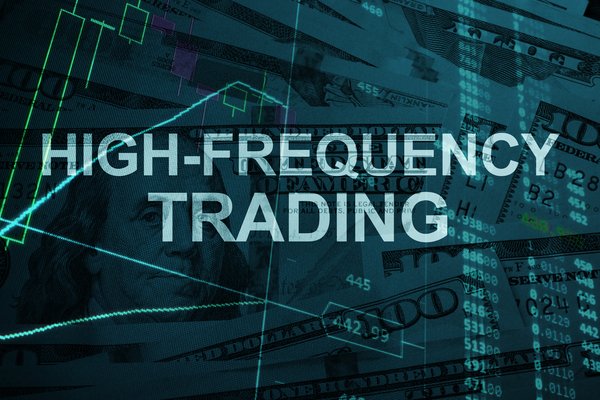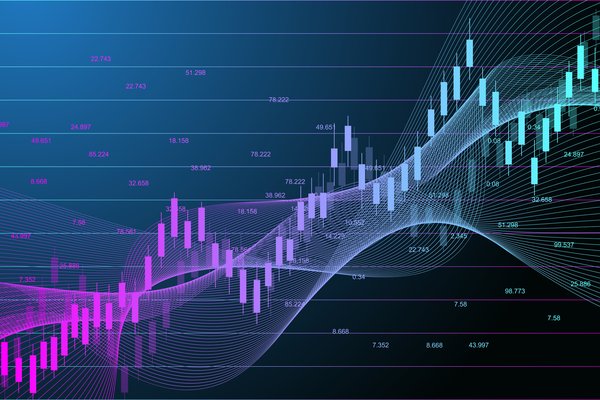When you're investing in mutual funds, there are a lot of fees that can be charged, including hidden load fees. It's important to understand the different types of load fees so you don't accidentally get into an investment that will never make money.

Definition
What is a load fee?
When you invest in a mutual fund, there are often many fees involved. One in particular, the load fee, is charged specifically to pay the intermediaries that sell the mutual fund to you as a sort of commission. All load fees are fully disclosed in the mutual fund prospectus but are not necessarily that obvious as you go about your investing day. There are three main types of load fees:
Front-end load fee. A front-end load fee is paid up front when you open your mutual fund account. This fee is deducted from your initial investment.
Back-end load fee. Back-end load fees are paid when you exit your mutual fund investment. Sometimes, if you hold a fund long enough, the back-end fee will go to zero, meaning you won't pay any load fee.
Level-load fee. A level-load fee is paid to the fund manager every year for as long as you hold the fund. It's taken from your investment account rather than being paid separately.
What "hidden" means
What makes a load "hidden"?
A hidden load fee is not actually hidden, though it may not be especially obvious. Since all fees associated with a mutual fund investment are disclosed at the time of investing, there's really no such thing as a truly hidden load fee, but there are load fees that are a lot less obvious than others.
Since many load fees are taken from the mutual fund directly throughout the course of the investment, it can be very easy to not realize that you're paying all sorts of extra fees for the privilege of having the mutual fund. However, these are always outlined in your mutual fund prospectus.
Examples
Examples of hidden loads
Again, it's important to stress that there's never a load fee that's not disclosed, but a prospectus can be very long and dense paperwork, making it hard to know exactly what you're paying for if you aren't prone to that sort of reading. There are only the three types of load fees mentioned above, but the front-end load fee is glaringly obvious since you pay it at the time the fund is opened.
Load fees that might be considered hidden are the level load fee (also known as the 12b-1 fee) and the back-end load fee (aka contingent deferred sales charge). Both are taken directly from the investment's gain throughout the time the investment is active, making it a virtually invisible transaction, especially if the mutual fund is performing well.
It gets increasingly complicated when the back-end load fee is one that decreases over time since you may not be aware of how much it actually is at any given point in your investment. Since it's taken out when your mutual fund is sold, you may not even notice that the money is missing, especially if you've held the mutual fund for many years and don't check it often.
Related investing topics
Avoiding hidden fees
Avoiding hidden load fees
Your best bet for avoiding hidden load fees is to choose a no-load mutual fund, another type of mutual fund that doesn't have load fees at all. Often, you have to purchase these directly from the fund itself, rather than through an investment firm, since the load fee is what is typically used to compensate those firms for selling the fund to you in the first place.
If you can't find a suitable no-load fund, another option is to focus on Class A shares in mutual funds, which tend to favor front-end load fees. You'll still be paying a load fee, but since you'll be paying it all up front, it will be much easier to see just how much your load fee actually is, with no surprises along the way.
































